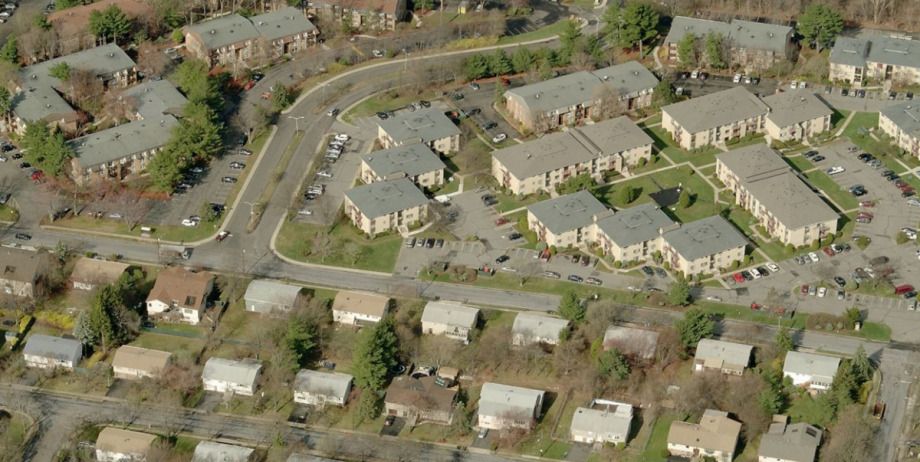When it comes to development in New York, there’s nothing quite like the Hasidic neighborhoods of Brooklyn. The city has plenty of luxury housing going up and a good amount of subsidized affordable development as well, but the art of building middle-class housing without subsidies has been lost in nearly every neighborhood except the Hasidic enclaves in South Williamsburg and Borough Park. In those sections of Brooklyn, relatively lax zoning that allows for mid-rise apartment buildings in formerly industrial and single-family neighborhoods has kept development relatively affordable.
But for many Hasidic families, faced with sky-high birth rates and low household incomes, Brooklyn is not big enough. Over the past few decades, the most observant of New York’s Jews have been moving en masse to Rockland County, N.Y., about an hour’s drive north. It started with New Square, a Rockland County settlement founded by Rabbi Yakov Yosef Twersky of the Skver Hasidic dynasty in 1954. Since then, the Orthodox and ultra-Orthodox population has proliferated in Rockland County. Jews now make up nearly a third of its 300,000-plus residents, the highest concentration of any county in the nation.
The migration has caused a number of high-profile tensions, but perhaps none have been so prominent as the fight over land use and development.
As observant Jews, Rockland County’s Hasidim cannot drive or use other machinery on the sabbath, which lasts from sundown on Friday to sundown on Saturday, and therefore must be able to walk to temple. While they are eager drivers throughout the rest of the week, the walking requirement limits how far they can stray from the town center. This puts much of Rockland County’s housing stock — irredeemably auto-oriented, without the density to support walkability on even one day of the week — off limits to the Hasids. As a result, small and relatively dense low-rise apartment buildings are the housing option of choice.
While zoning boards in Rockland County used to forbid this kind of traditional or new urbanist development, the Hasidim’s numerical superiority has overwhelmed other voters. They have managed to cleave themselves off into separate municipalities when necessary in order to, among other things, approve denser development.
The village of New Square, for example, was incorporated after the Ramapo Town Board not only denied the Skverer Hasidim’s request to expand its synagogue, but also ordered the entire settlement condemned over illegal multifamily occupancy of single-family homes and “a grocery-bakery, a fish store, a print shop, and an engraver’s shop located in the basements of other small private houses.” Incorporation put an end to the threat of demolition, and the Hasidim won the right to regulate land use in their own community and allow the dense development necessary for their growth.
Ramapo’s February Planning Board meeting agenda is instructive of the sort of dense development still occurring in these communities. One item asks for approval of an infill development of 12 semi-attached housing units on 0.41 acres of land — a density of nearly 30 dwelling units per acre. If repeated over a wide enough area, this would be dense enough to support, say, light rail. Other requests are for projects with densities of between 10 and 20 units per acre, enough to sustain local bus transit.
Without further ado, here’s a brief tour of Hasidic Rockland County through the roving eye of the Google Street View camera and Bing’s bird’s-eye view feature:
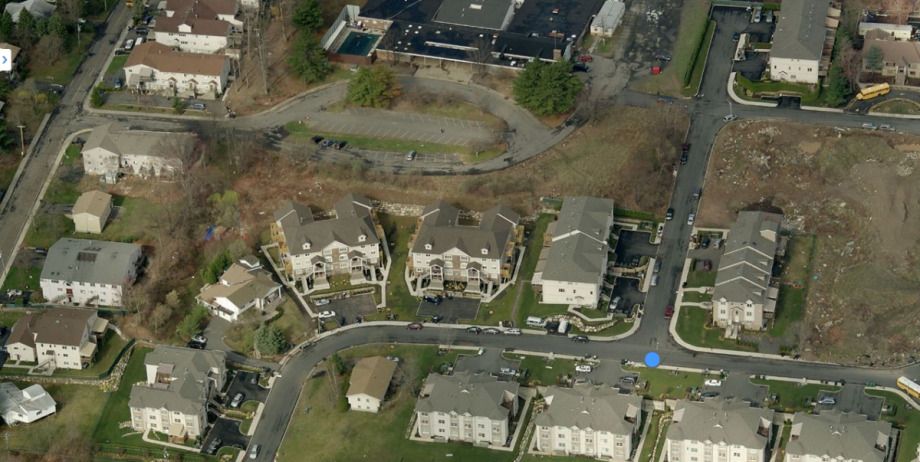
Weiner Drive and Butterman Place (the streets have even been given Jewish names) in Ramapo, N.Y.
Typical multifamily infill development, with McMansion aesthetics around a winding suburban road. Some of the existing postwar housing is still visible, not yet having been redeveloped. Outside of this shot is a school to the north and a larger area of older apartment complexes to the south, with shops, businesses and synagogues sprinkled throughout.
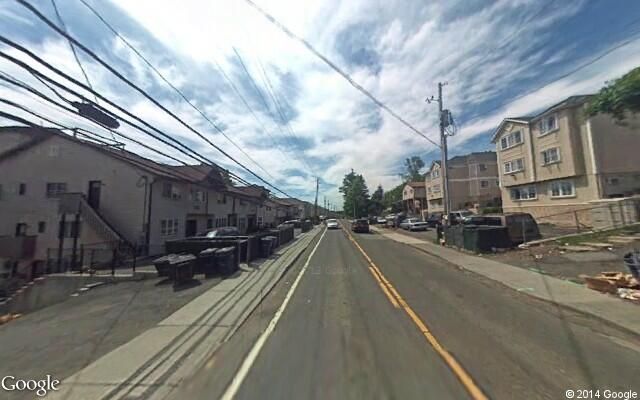
Main Street, Kaser, N.Y.
Some of the redeveloped areas are becoming quite dense. Above is Main Street in Kaser, which is developing a coherent street face, even if parking sets it back from the curb.
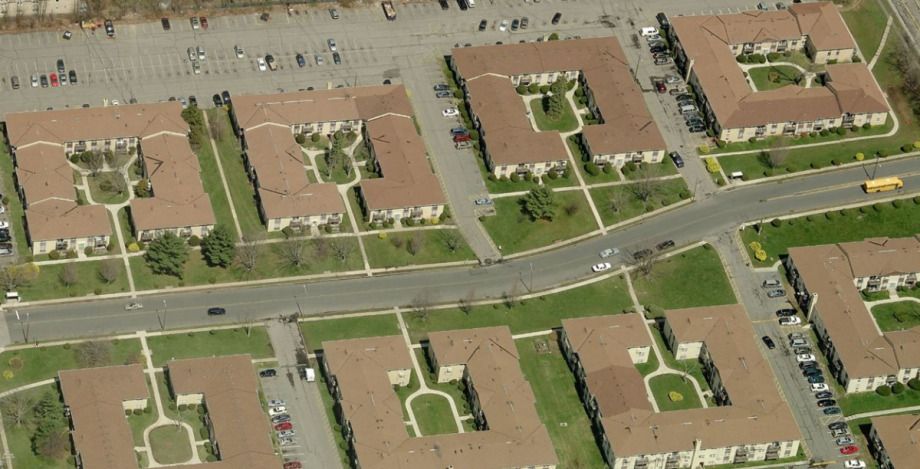
Fletcher Road in Spring Valley, N.Y.
Some of the apartment buildings look as though they came straight out of Houston, bearing a strong resemblance to the 1970s garden apartments that cover much of the famously un-zoned Texas city.
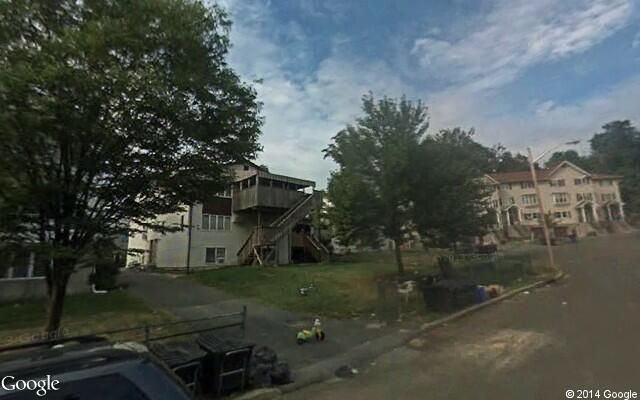
Adar Court, Monsey, N.Y.
Multifamily buildings arranged around a cul-de-sac, in varying states of repair. Toys strewn about yards and driveways are common, given the huge families, and litter appears frequently in Google Street View, indicating that garbage collection and street sweeping hasn’t always kept up with population growth. On Adar Court, a building erected in 1996 with three bathrooms and 11 bedrooms spread over 4,192 square feet of floorspace traded hands in 2013 for $350,000. Older buildings are even cheaper, showing the effects of filtering: 181 Adar Court, built in 1985, was sold in 2011 for just $145,000, with 3,480 square feet of floorspace, six bedrooms and four bathrooms.
The Works is made possible with the support of the Surdna Foundation.
Stephen J. Smith is a reporter based in New York. He has written about transportation, infrastructure and real estate for a variety of publications including New York Yimby, where he is currently an editor, Next City, City Lab and the New York Observer.


